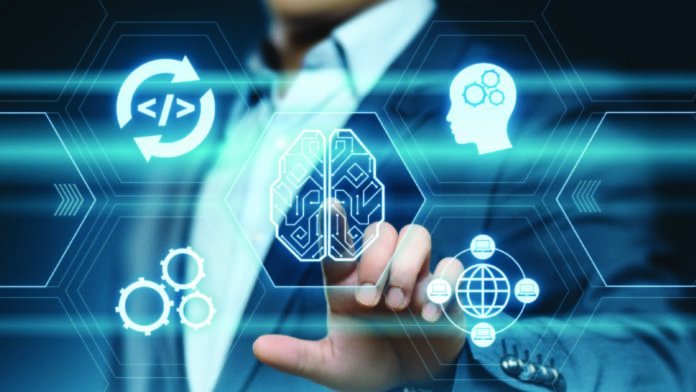As security makes headlines in the current world business crisis, there may not be enough skills in supply. This shortage of cybersecurity skills could push the enterprise to look for technology enhancements to meet this gap. Experts feel that the AI and ML have all it takes to make them a promising proposition to tackle cybersecurity challenges in the new future.
Remote Work: Maximize Productivity amidst Covid-19 and Security Challenges
According to leading experts in the cybersecurity field, AI, and Machine Learning (ML) have become critical to improving the next-gen cyber defense. Stefaan Hinderyckx, senior vice president of NTT ltd has been reported saying that the manual shortage in cybersecurity professionals and growing need to manage large databases has made the shift to AI and machine learning a pressing need for the cybersecurity industry.
In his talk during the European Digital Press Roundtable 2020, he also spoke about the need to detect, and respond to cybersecurity threats efficiently, and quickly. He said technology companies can get as much as 280 billion logs per month, across its wide database of clients. Moreover, the current AI infrastructure promises to reduce these requests to as little as 1000 possible threats. Interestingly, new AI and ML modules can also detect most current threats using mathematical analysis.
He also said that the need for human-intervention will remain, as AI systems cannot replace the depth of analysis. However, most routine or well-documented threats can be detected with much more ease, and efficiently with AI systems. He said, we can’t wait for human intervention, which can take hours to document logs, and flag the eventual alerts. On the other hand, AI can automate these operations to happen during real-time, making many of the existent threats toothless for most enterprises.
Stefaan also spoke about the need to cover ‘white spaces’ in technology. New threats continue to make their way into network infrastructure every day. The recent shift to remote work has driven a large spike in attacks on APIs with ransomware across the globe. Moreover, phishing emails have also gone up considerably during the on-going pandemic. According to him, these new threats can be detected with the help of AI, which traditional models of security may miss. According to him, AI would tackle emerging challenges such as zero-day exploits, among others to secure networks, and ensure productivity for various organizations.
According to a recent report by Webroot, many IT professionals believe their organizations can do more to prevent cyber-attacks. 89% of professionals surveyed in the report believed there was a potential for enterprises to tackle cybersecurity more effectively. Moreover, 64% of respondents were not aware of advanced solutions in AI, and ML, which are increasingly being adopted worldwide, according to the Webroot report. The report also found that enterprises in the UK led the world in the use of AI, while countries like the US, Japan, Australia lagged behind comparatively.
3 New Insights on Hiring Cyber Security Experts
According to a different report, delays in response over 200 days can cost organizations over $1.2 million in additional costs due to cyber threats. The Webroot report revealed that with the use of AI, detection of attacks like phishing emails had fallen to 30 minutes from the earlier duration of several days. This is a major development for enterprises concerned with cybersecurity and could result in humungous savings, as cited above.
Despite their potentially high costs, AI and ML may pave way for futuristic cyber resilience for enterprises in the near future.









